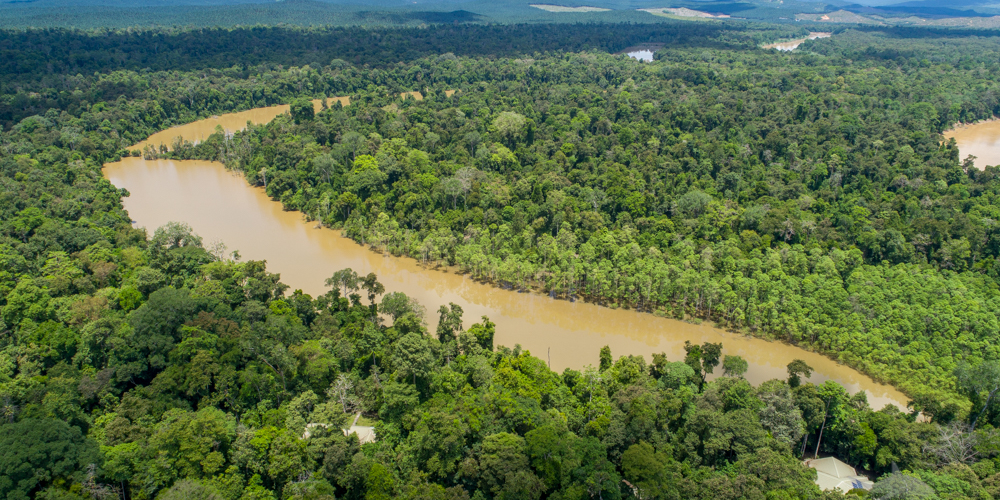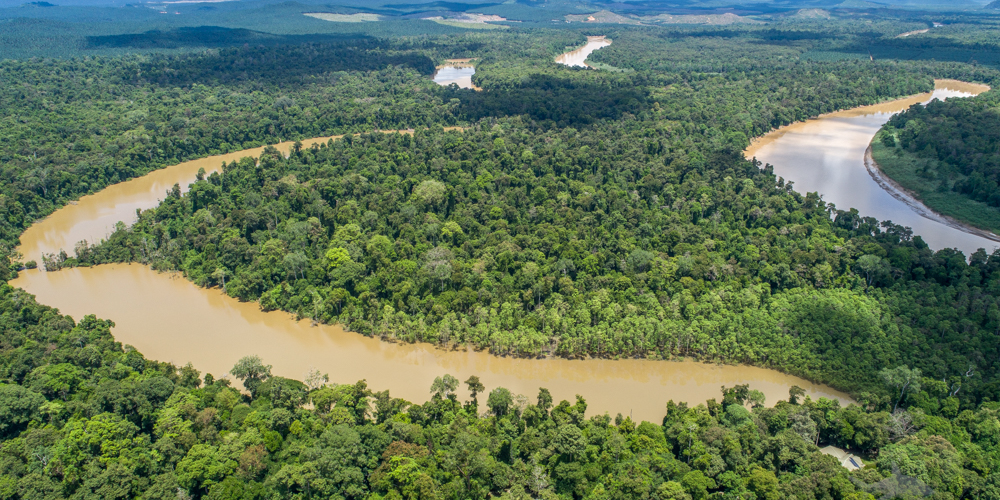Title: Impacts of rapid land use change on the meandering dynamics of the Kinabatangan River, Borneo.
PhD Candidate: Alexander Horton
Supervisors: Jose Constantine, Tristram Hales, Michael W. Bruford and Benoit Goossens
Institution: Cardiff University
Recent publications
Can riparian forest buffers increase yields from oil palm plantations?
Modification of the mechanisms driving river meandering caused by tropical deforestation.
Research questions:
- Does forest clearing have an effect on rates of river migration?
- What are the long term economic benefits of a riparian corridor for mitigating the effects of increased river migration due to forest clearing?
- What are the specific mechanisms that drive riverbank retreat before and after forest removal?
We have completed the project, and have generated some really interesting results, which we hope will have a positive impact on the way in which the land close to the river is managed.
In order to answer the first question we utilised the historic Landsat imagery, which provides a record of the fluvial response to extended forest clearing. By tracking the migration of the river over time, and comparing rates of river movement along sections of the river that have been cleared of forest before and after the event, we have been able to demonstrate that natural riparian forest has a significant effect on rates of riverbank retreat, and that the removal of forest from the riverbanks dramatically increases the rates of riverbank erosion.
Having generated average migration rates associated with forested river banks, sections of river with an intact riparian corridor (10m – 100m wide), and cleared sections of the river, we were able to develop a model that predicts the future position of the river with different land cover scenarios. We then limited our model to the portions of the river that flow through areas of unprotected forest, which will likely be converted to palm oil plantations in the future, and ran the model with differing widths of riparian corridor along the rivers banks. The results suggest that it would be economically beneficial in the long term (>25 years) to leave a 20m wide riparian forest corridor along the river to protect palm oil plantations from losing land to the river. Our results also suggest that the longer the economic projection, the wider the initial corridor should be to maximise yield close the river, so that after 75 years it is more profitable to leave a 50m wide corridor than it is to clear the forest to the river’s edge.
We hope that by the end of this project we will have produced a body of research that we can present to palm oil plantations, NGO’s and governmental officials that will demonstrate the importance of maintaining a forested riparian corridor in order to mitigate the effects of forest removal on the meandering dynamics of the Kinabatangan River.





